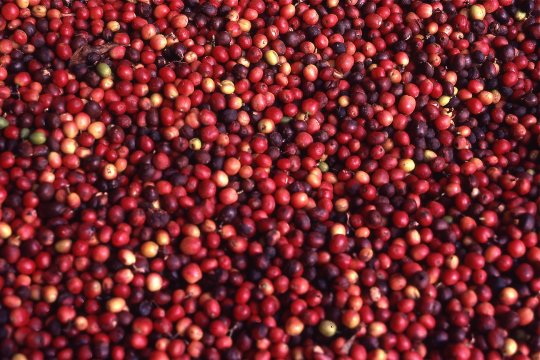|
John Tyman's Cultures in Context Series AFRICAN HABITATS : FOREST, GRASSLAND AND SLUM Studies of the Maasai, the Luhya, and Nairobiís Urban Fringe |
|
|
|
9. The Okala Shamba : 080-086 |
|
John Tyman's Cultures in Context Series AFRICAN HABITATS : FOREST, GRASSLAND AND SLUM Studies of the Maasai, the Luhya, and Nairobiís Urban Fringe |
|
|
|
9. The Okala Shamba : 080-086 |
Click for full-screen images
 |
| 086. Coffee is typically dried in the sun before being taken to the factory for processing. The Okala family have about 300 trees. |
![]()
Text, photos and recordings
by John Tyman
Intended for Educational Use
Only.
Contact Dr. John Tyman at johntyman2@gmail.com
for more information regarding
licensing.
![]()
www.hillmanweb.com
Photo processing, Web page layout,
formatting and hosting by
William
Hillman ~ Brandon, Manitoba ~ Canada